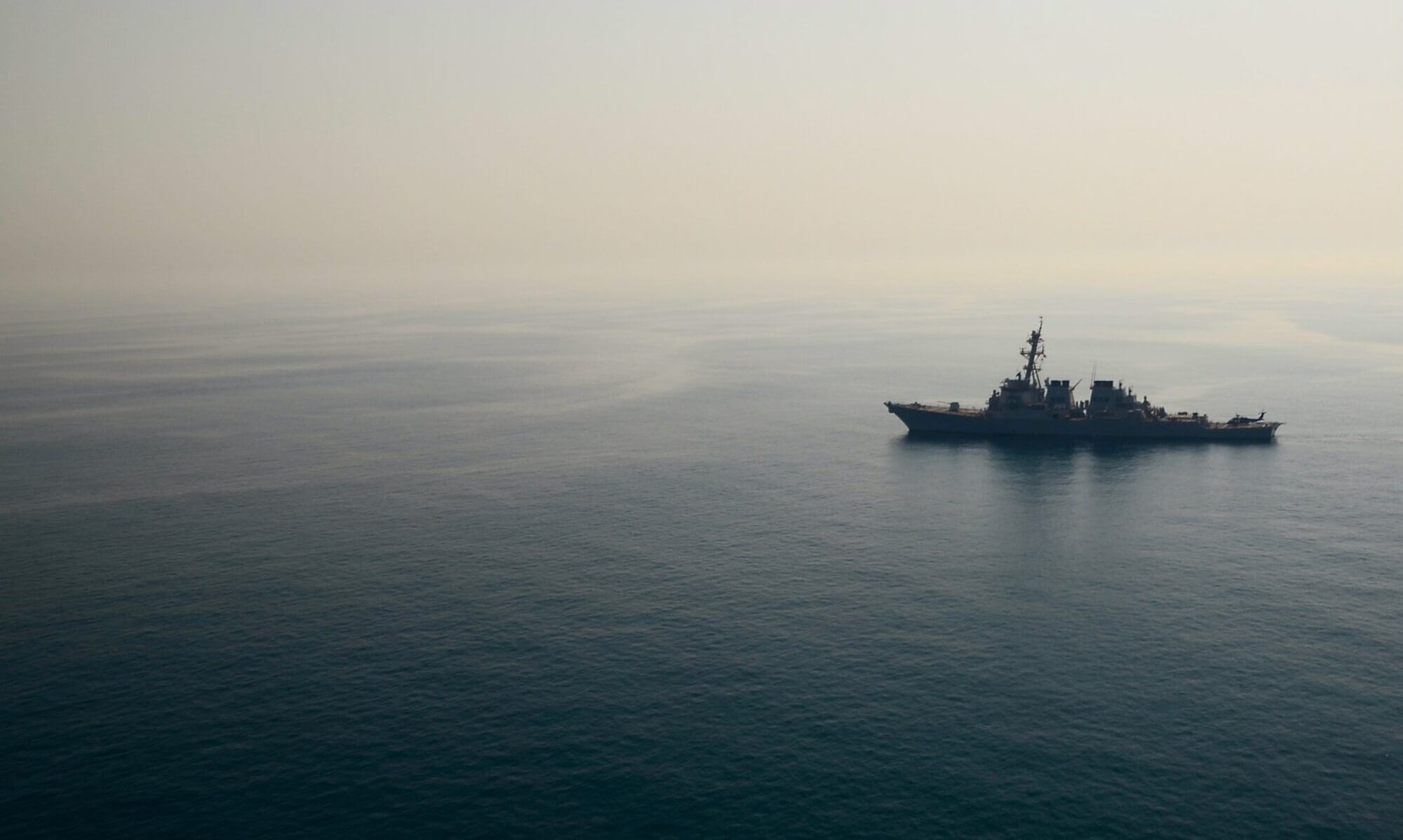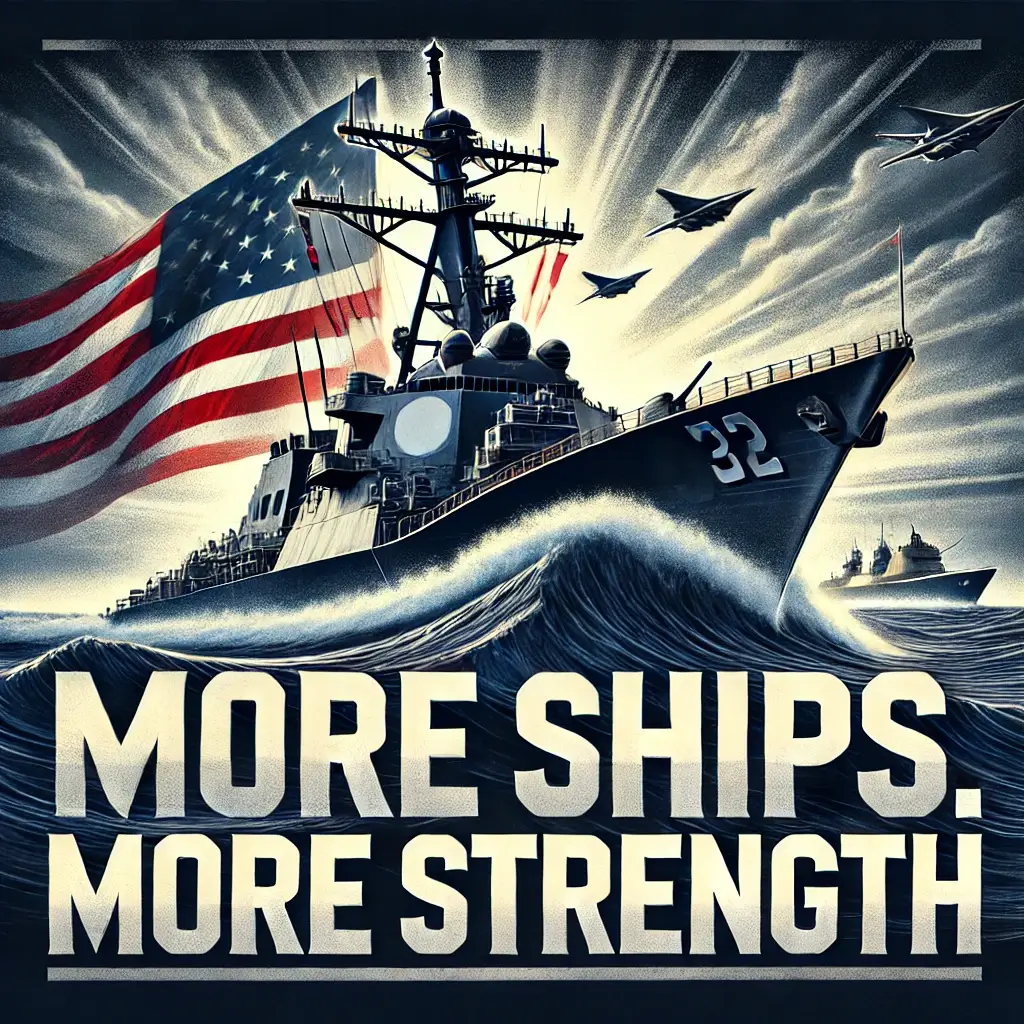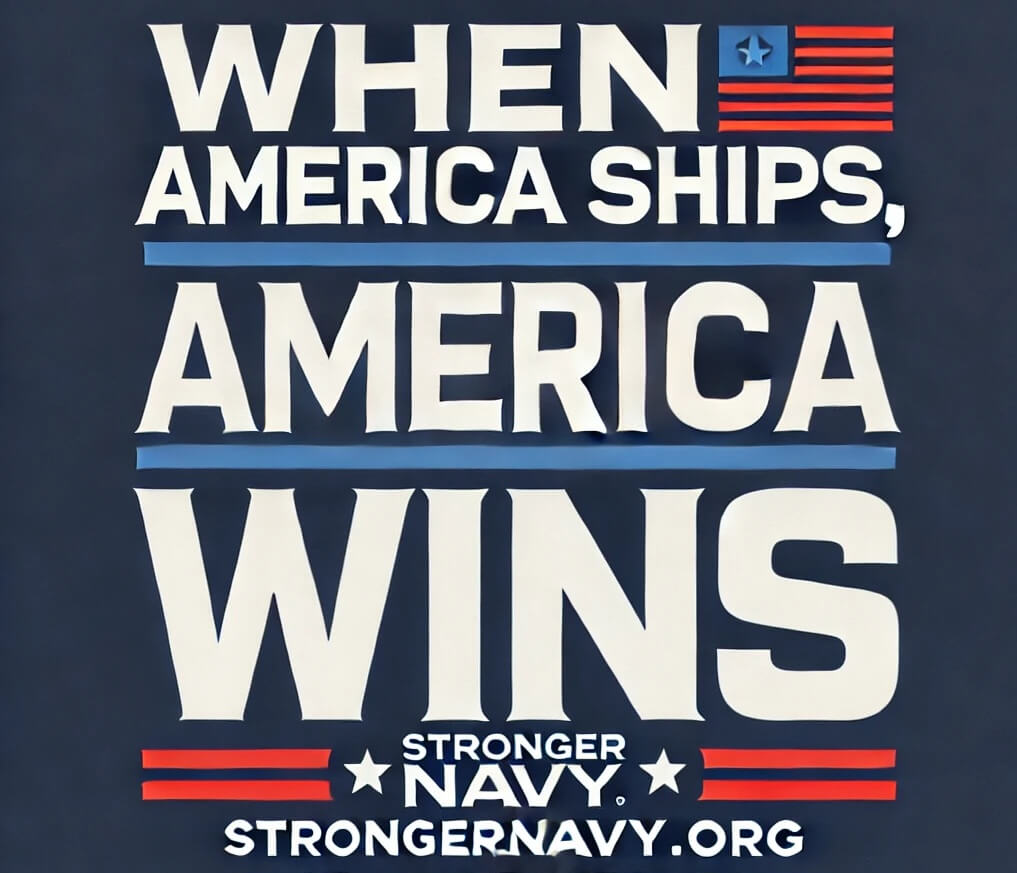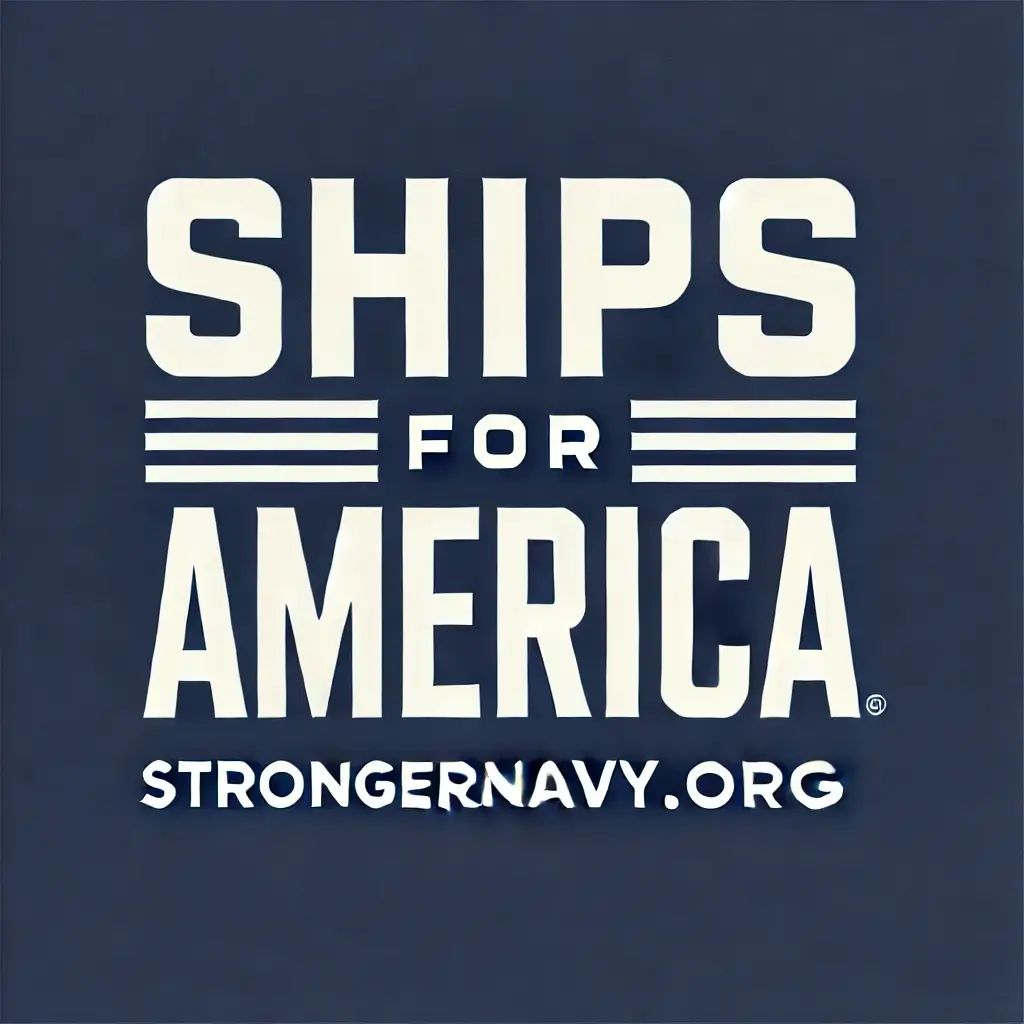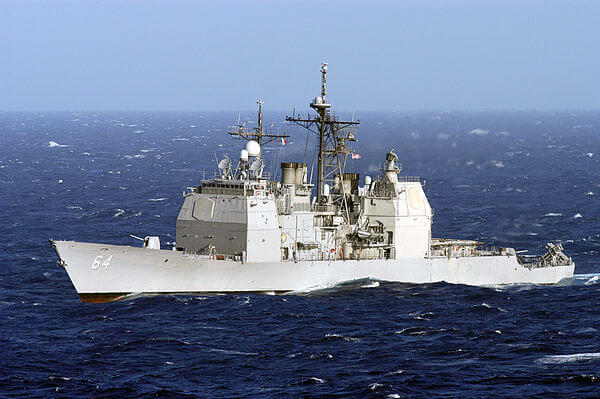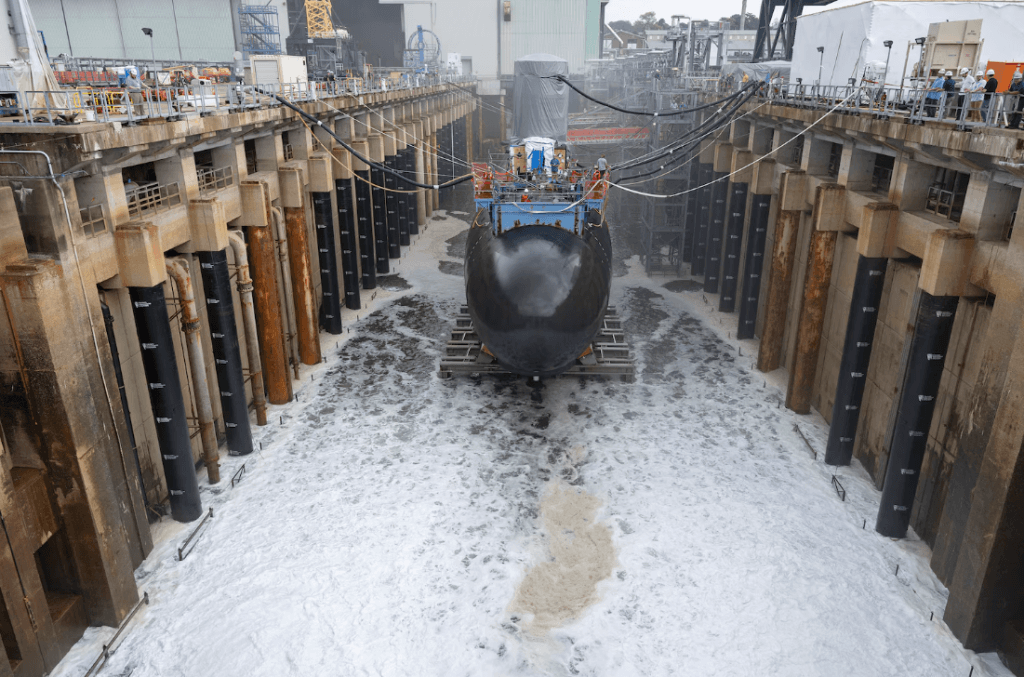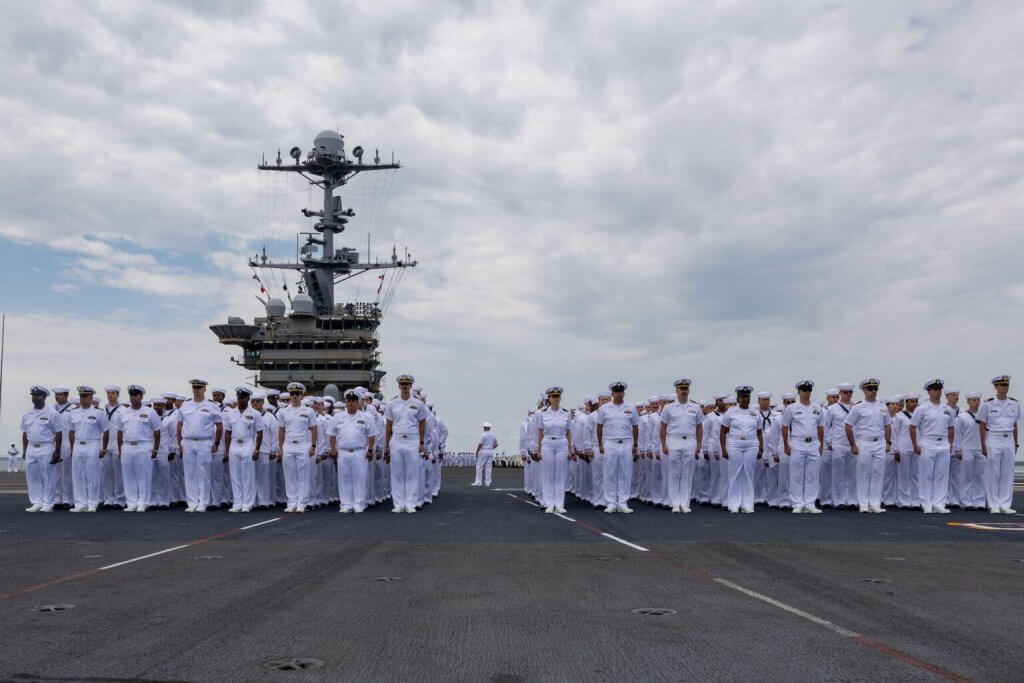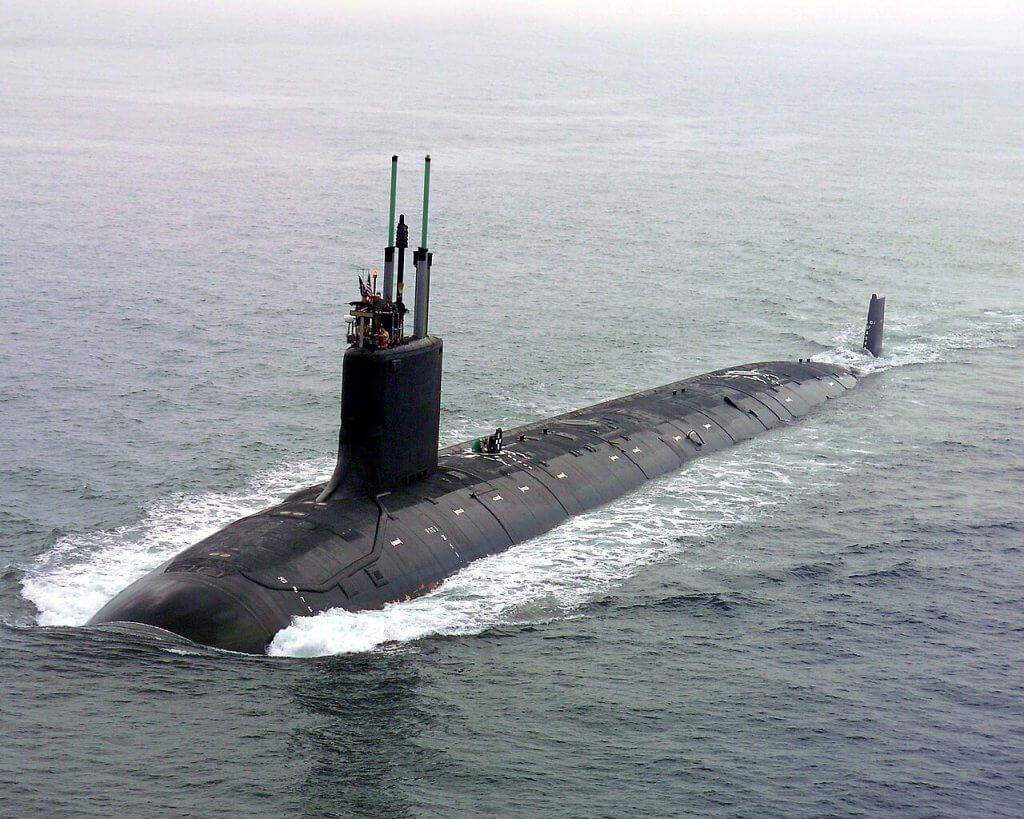A New Chapter for Americans for a Stronger Navy

Welcome to the launch of our 24-episode educational series at StrongerNavy.org! We’re building on our core mission to support a strong and capable U.S. Navy—one that safeguards American interests at home and abroad—by adding a central focus on civic engagement and personal responsibility. Our goal isn’t just to spread knowledge about naval history or current threats, but to inspire action among citizens who share our commitment to a resilient and unified nation.
Why This Matters Now
China and Russia are testing American economic, military, and technological leadership. The U.S. Navy, historically a guardian of global stability, now defends not only sea lanes but also digital infrastructure, space-based assets, and critical supply chains—all of which touch Americans’ everyday lives. From gas prices to grocery shelves, a strong Navy underpins the economic stability we often take for granted.
Captain Charlie Plumb’s Call to Action
Today, we are honored to feature insights from Captain Charlie Plumb, a retired U.S. Naval Aviator, combat veteran, and former prisoner of war. His message about “packing each other’s parachutes” highlights the team effort required for any crucial mission—underscoring that every American can (and should) contribute to a stronger nation, whether in uniform or as a supportive citizen at home.
Special Video Feature with Captain Charlie Plumb
We invite you to watch this short, inspiring video where Captain Plumb shares his personal story and the significance of “packing each other’s parachutes.”
“How are you contributing to the resilience, teamwork, and unity of our nation? How’s your parachute packing coming along?” – Captain Charlie Plumb
For Captain Plumb, “parachute packing” is both literal and metaphorical—a reminder that we all rely on each other, whether flying fighter jets, maintaining ships, or simply watching out for our neighbors. In the context of Americans for a Stronger Navy, it means stepping up to learn, engage, and take an active part in defending our freedoms.
A Call for National Unity and Civic Engagement
Captain Plumb’s central question—“How are you contributing to resilience, teamwork, and unity?”—is especially relevant in a time of domestic polarization. Our greatest victories, from WWII to the Cold War, depended on national unity. As Captain Plumb discovered, everyone’s role matters: the pilot in the cockpit, the sailor on the deck, the rigger in the parachute loft—and the citizen at home who advocates, volunteers, or serves in the community.
Civic Engagement Matters
A strong Navy is more than just ships and sailors. It depends on:
- Public Awareness – Understanding the strategic challenges worldwide, from Cold War legacies to renewed tensions with Russia and China.
- Community Support – Standing behind those who serve, including families and veterans, and ensuring our elected representatives stay informed and accountable.
- Personal Responsibility – As Captain Plumb emphasizes, each of us has a role. Through service, advocacy, volunteering, or simply spreading the word, we help “pack each other’s parachutes.”
By illuminating pivotal moments—such as Nixon’s visit to China, the evolution of foreign relations with Russia, and how global power shifts shaped today’s challenges—this series aims to equip you with the knowledge to engage confidently in national security discussions.
Sneak Peek: Our 24-Episode Series
Each episode is designed to educate, inspire, and equip you to take meaningful actions—whether that’s contacting your representatives, sharing important facts with your community, or even considering military service. Here’s a high-level look:
1. The Role of the U.S. Navy in American History
2. Lessons from Vietnam: Stories of Resilience and Unity
3. Technology at Sea: From WWII to the Digital Age
4. Nixon’s Visit to China: Turning Points in U.S. Foreign Policy
5. Naval Statecraft and Diplomacy: Building (and Rebuilding) Global Relationships
6. Facing the Soviet Threat: A Cold War Overview
7. Russia Today: How We Got Here and Where We’re Headed
8. China Rising: Economic Power, Global Dominance and Naval Ambitions – A Deep Dive
9. Key Global Hotspots: Straits, Seas, and Chokepoints
10. Life Aboard a Modern Naval Vessel: Voices from the Fleet
11. Women in the Navy: Progress, Challenges, and Future
12. Recruitment & Retention: Why Today’s Youth Matter
13. Veterans’ Perspectives: Transitioning from Service to Civilian Life
14. The Navy’s Humanitarian Missions: Beyond Combat
15. Cybersecurity on the High Seas: New Frontiers of Defense
16. Alliances and Partnerships: NATO, the Pacific, and Beyond
17. Marine Corps & Navy Integration: A Closer Look
18. Naval statecraft, Budget and Strategy: Funding a Future-Ready Navy
19. Emerging Technologies: Drones, AI, and Robotics
20. Civil-Military Relations: Keeping Democracy Strong
21. Environmental Stewardship: Conserving Our Oceans
22. Stories of Heroism: Unsung Sailors and Surprising Tales
23. Leadership 101: Character, Courage, and Command at Sea
24. The Call to Serve: Civic Engagement for a Stronger Nation
Connecting Policy to Practice
From the Jones Act to the Ships Act and the Fleet Act Proposal, policy and legislation play major roles in shaping naval capabilities. We’ll delve into these and other initiatives—like Anti-Lobbying Efforts—to illustrate how specific actions on Capitol Hill determine our Navy’s ability to stay well-funded, well-equipped, and technologically agile. Influencing these policies isn’t reserved for experts in Washington; every American has a voice in ensuring that the Navy remains a formidable force.
The Navy’s Evolving Mission: Sea, Space, and Cyberspace
Gone are the days when naval power was confined to the oceans. Today’s U.S. Navy must also protect undersea cables, fortify space-based assets, and counter cybersecurity threats—all while confronting China’s Belt and Road Initiative and Russia’s resurgent ambitions. In upcoming episodes, we’ll explore AI, autonomous systems, and cyber warfare, offering insight into how the Navy is adapting to 21st-century challenges.
Join Us for This Free Educational Event
Ready to jump in? Here’s how you can get involved:
- Register for our FREE online series at StrongerNavy.org.
- Share this blog post and Captain Plumb’s video with friends, family, and community groups.
- Engage with us on social media using #StrongerNavy—post your own “parachute packing” stories to recognize mentors or teammates who’ve supported you.
- Volunteer or Donate to local veterans’ organizations, or find ways to encourage future Navy recruits in your schools and communities.
Conclusion: Pack Each Other’s Parachutes
As Captain Plumb reminds us, every role matters in safeguarding our nation’s security. “Just doing my job, sir” may sound unassuming, but it speaks volumes about the power of teamwork. Whether you’re a sailor in uniform or a concerned citizen writing to your elected officials, your contribution is vital.
Join us for this 24-episode series and help strengthen the American spirit—and our Navy—for generations to come. Sign up now at StrongerNavy.org to secure your spot. Together, let’s keep packing the parachutes that protect our nation.
